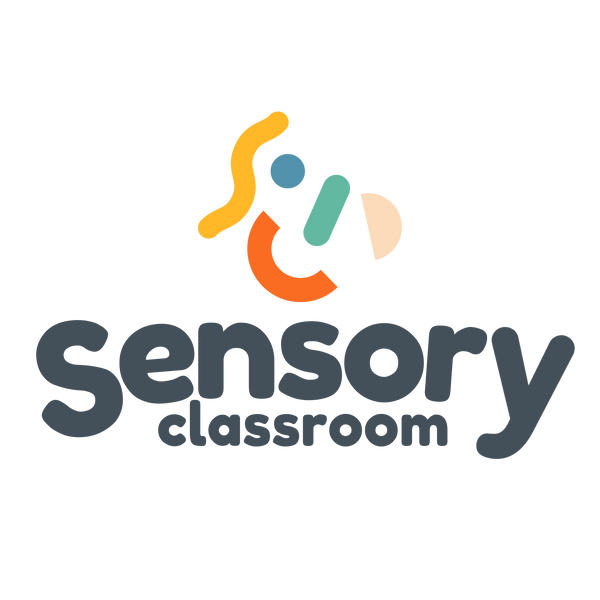Nursery rhymes can be incredibly powerful tools for learners with SEND, particularly when we move away from viewing them as “babyish” and instead see them as highly structured, multi-sensory learning experiences. Their repetitive, rhythmic, and predictable nature supports communication, attention, and regulation across a wide range of developmental stages.
Here are some key benefits:
1. Supports early communication and AAC use
Repetition and rhythm make nursery rhymes predictable, which helps minimally speaking learners, AAC users, and gestalt language processors to join in through words, signs, or symbols. The familiar pattern of a rhyme provides an ideal low-pressure way to model core vocabulary and counting concepts.
👉 For structured, symbol-supported song sessions, see the Interactive Song Choosing Board. There is a specific two boards just for nursery rhymes included.
2. Builds shared attention and social connection
Singing together creates moments of shared joy and focus, even for learners who find eye contact or group interaction difficult. It’s also a simple way to begin or strengthen relationships through rhythm and voice, a foundation of approaches like Intensive Interaction.
👉 You can explore this idea further in my Intensive Interaction Training course
3. Supports regulation through rhythm and routine
The beat and predictability of nursery rhymes can help calm or alert the nervous system. Many children use songs to transition between activities or to self-soothe. Linking rhymes to movement (like clapping or rocking) enhances proprioceptive and vestibular feedback, supporting self-regulation.
4. Encourages memory, sequencing, and anticipation
Because nursery rhymes repeat phrases and patterns, they develop auditory memory and sequencing. These are essential foundations for learning language and following routines. Learners begin to anticipate what comes next, helping them feel secure and successful.
5. Bridges learning across developmental areas
You can embed numeracy (Five Little Ducks), literacy (Old MacDonald), social understanding (If You’re Happy and You Know It), and even science (Rain, Rain, Go Away). This makes rhymes a natural fit within sensory or topic-based curricula for learners working at stages 0–6 years.
👉 The Sensory Curriculum includes linked song and play ideas for each topic. It guides you through each lesson for a rotation of 4 years and across three differentiated ability groups.
6. Increases confidence and autonomy
Allowing learners to choose the next song builds agency and communication. Even simple pointing, eye gaze, or reference toy selection from a choice of two, is a step toward meaningful choice-making and independence.
I say nursery rhymes for all!

